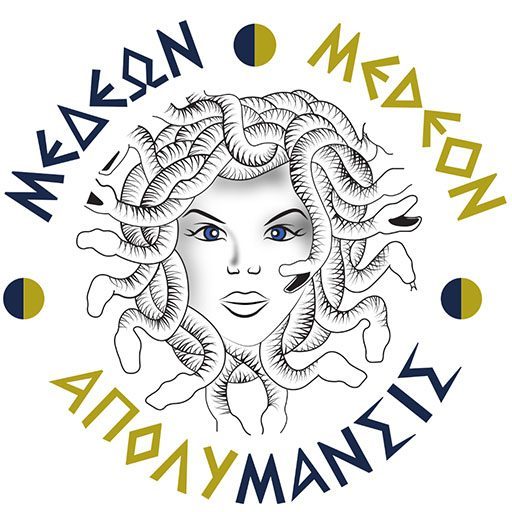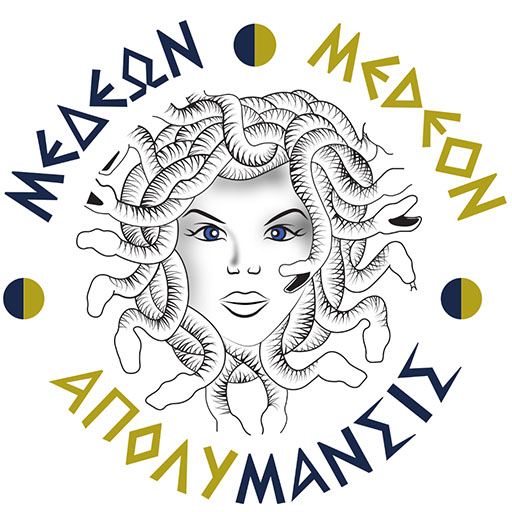 Disinfection of drinking water can be considered as the most important measure of the last century for the protection of public health. The destruction of pathogens in drinking water has helped to drastically reduce water-borne diseases, and the lack of this measure in some developing countries is the cause of thousands of deaths, mainly of children.
Disinfection of drinking water can be considered as the most important measure of the last century for the protection of public health. The destruction of pathogens in drinking water has helped to drastically reduce water-borne diseases, and the lack of this measure in some developing countries is the cause of thousands of deaths, mainly of children.
There are various water disinfection methods used today, which either work on their own or in combination with others and are listed below:
Boiling water: Intense boiling for a few minutes kills all pathogenic microorganisms.
Iodine tincture: It is an extremely effective method of disinfecting water. The slight color of the water from the iodine, however, prevents the use of this method.
Chlorine: Very effective as a method of water disinfection with the strongest disinfectant action. Chlorination works independently. It has a stronger odor and special care is recommended in cases of respiratory problems.
Bromine: Bromine has the effectiveness of chlorine in disinfecting water and does not leave this strong odor so it is suitable for indoor areas.
Electrolysis: It is the method of disinfection of water in which chlorine is produced from salt through special electrodes. It is effective and friendly from industrial chlorine.
Ultraviolet UV radiation: Its action is the inactivation of their reproductive capacity, acting on their DNA. This method alone does not have a complete disinfectant effect, it is used only as a supplement, to reduce the amount of the above in water.
Ionization: It is the fight against harmful microorganisms in water with the use of inorganic minerals, silver and copper ions. It is a complementary method of disinfecting water, to limit the amount of chlorine in it.
Ozonization (O3): Ozone is just as effective as chlorine in pathogenic microorganisms in water but because it has no residual effect, ozonation is used as a complementary method of disinfecting water to reduce the presence of chlorine.

